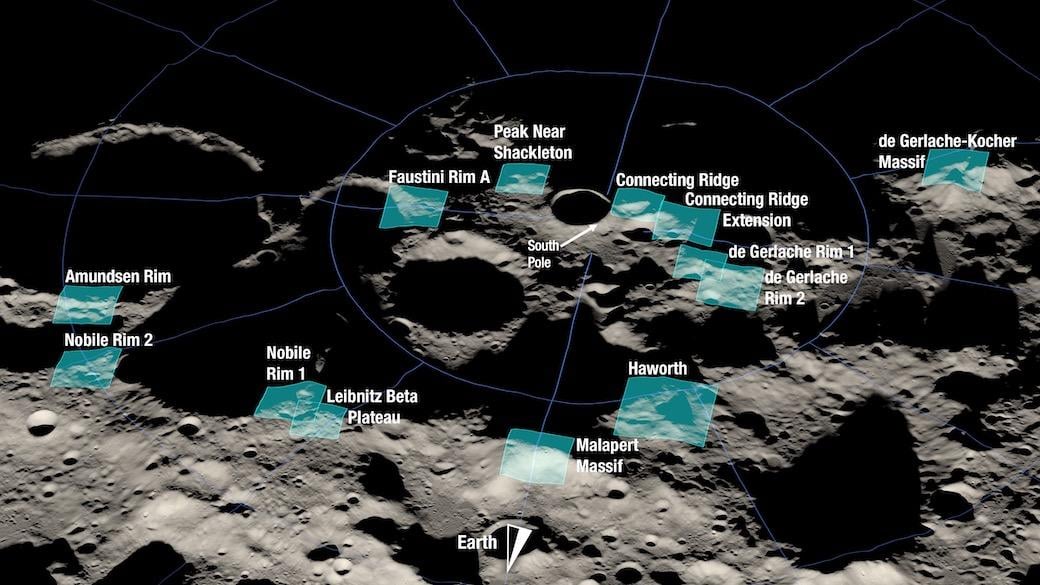
Credit: NASA
As NASA’s Artemis program strives to establish a sustainable human presence at the Moon, the astronauts will be exploring the lunar south pole—a landscape that promises to yield discoveries about how the Solar System formed, including the violent processes that preceded life on the Earth. Much of...
Subscription Required
This content requires a subscription to one of the Aviation Week Intelligence Network (AWIN) bundles.
Schedule a demo today to find out how you can access this content and similar content related to your area of the global aviation industry.
Already an AWIN subscriber? Login
Did you know? Aviation Week has won top honors multiple times in the Jesse H. Neal National Business Journalism Awards, the business-to-business media equivalent of the Pulitzer Prizes.





